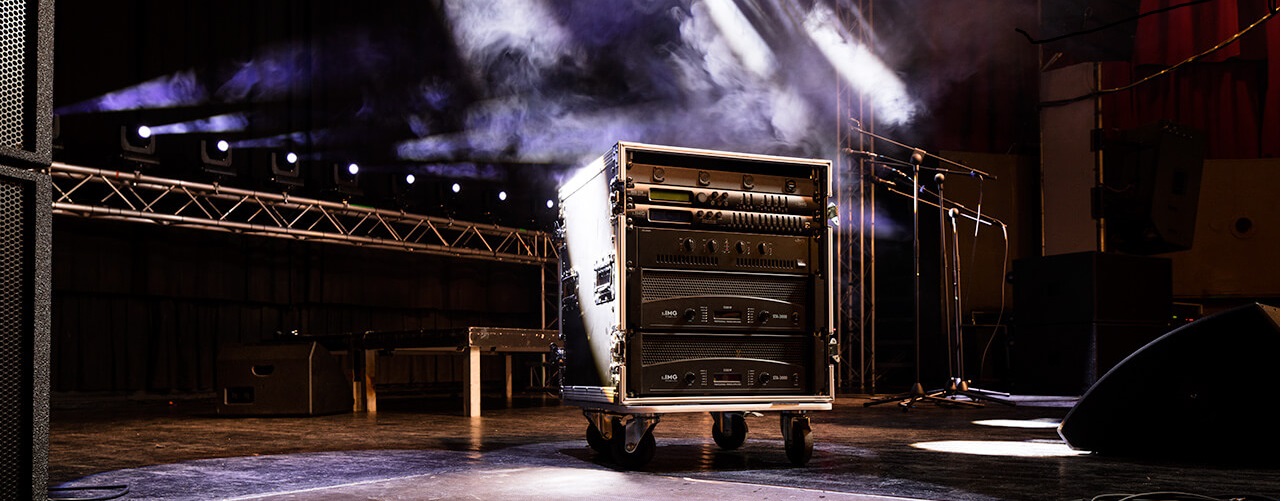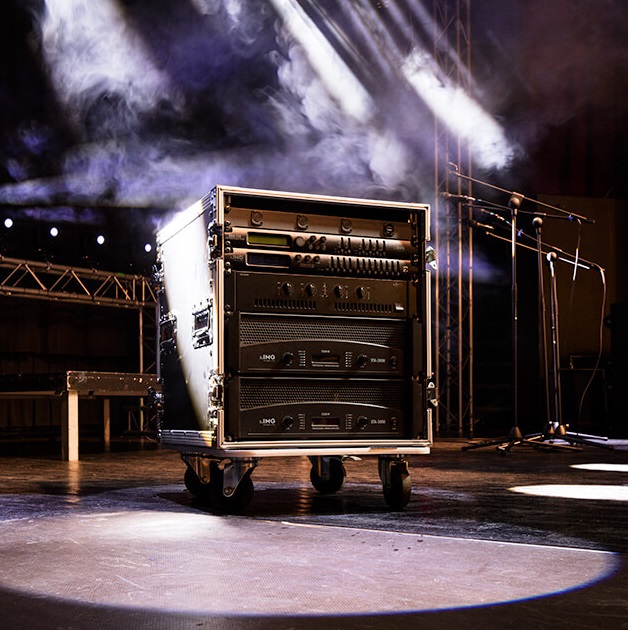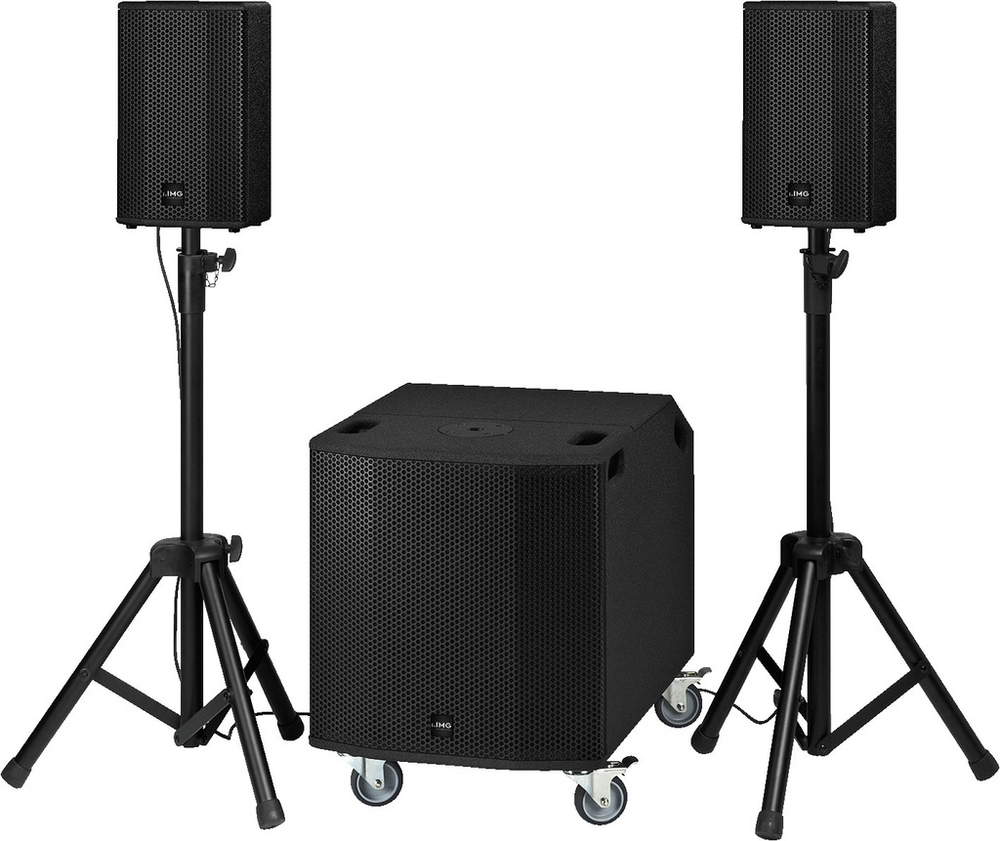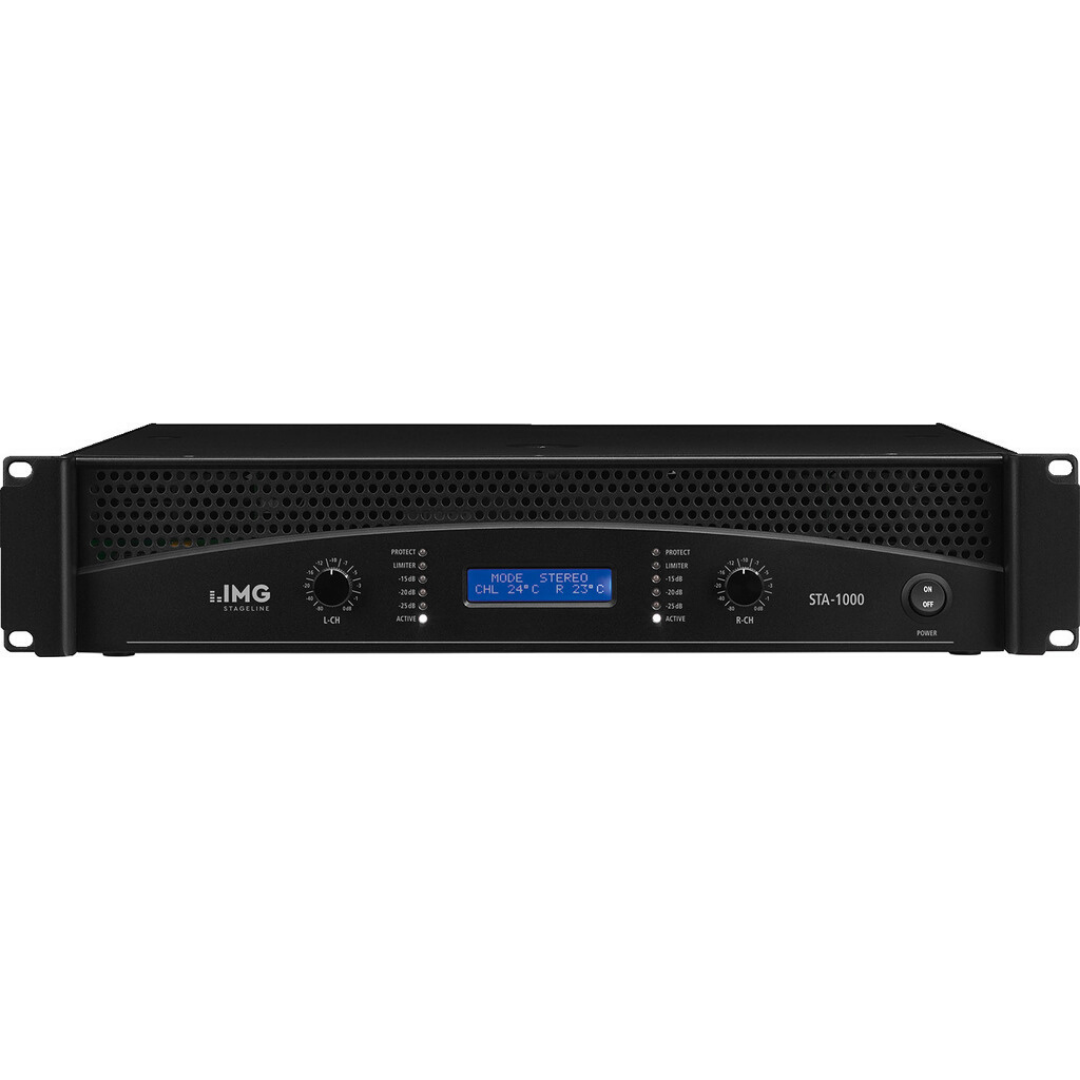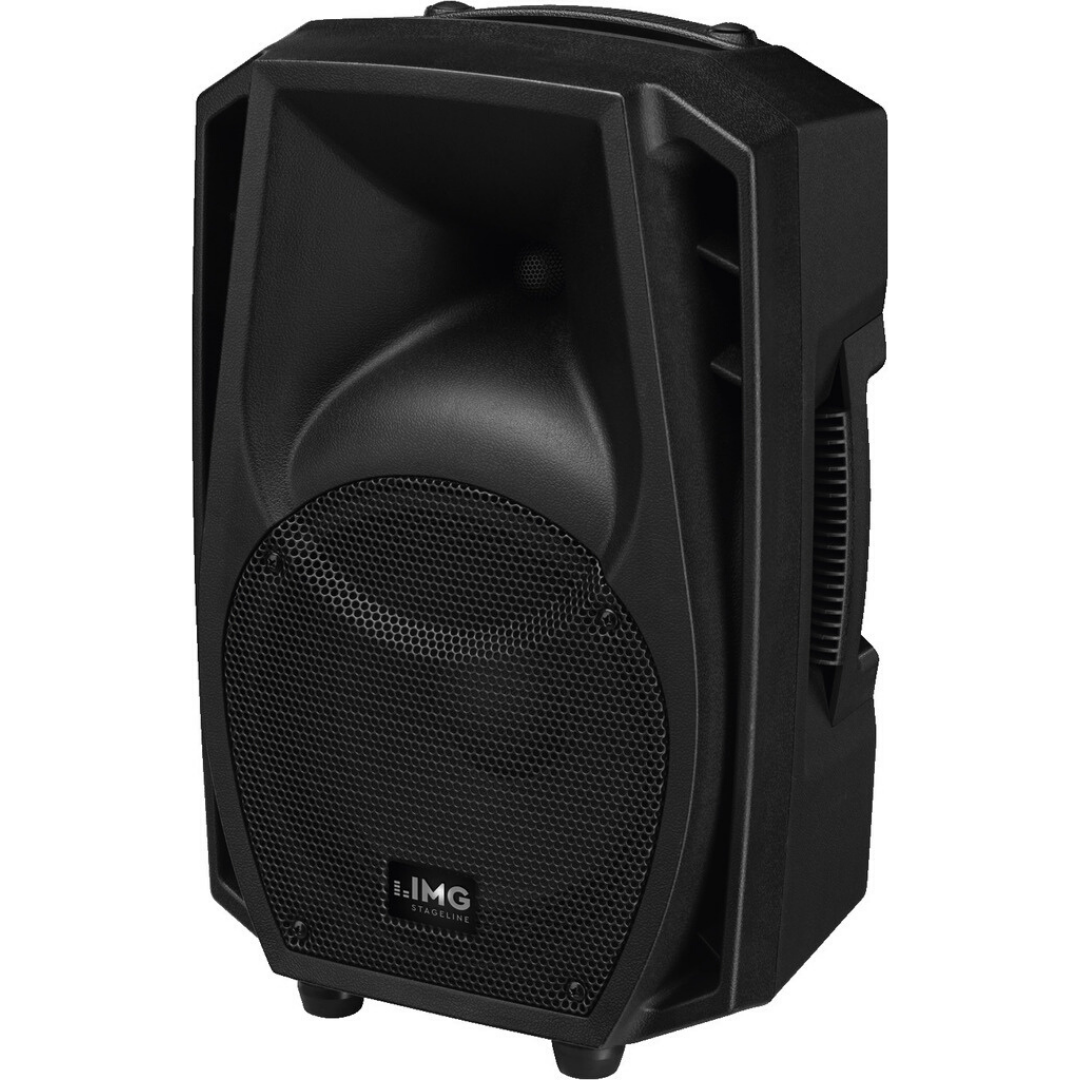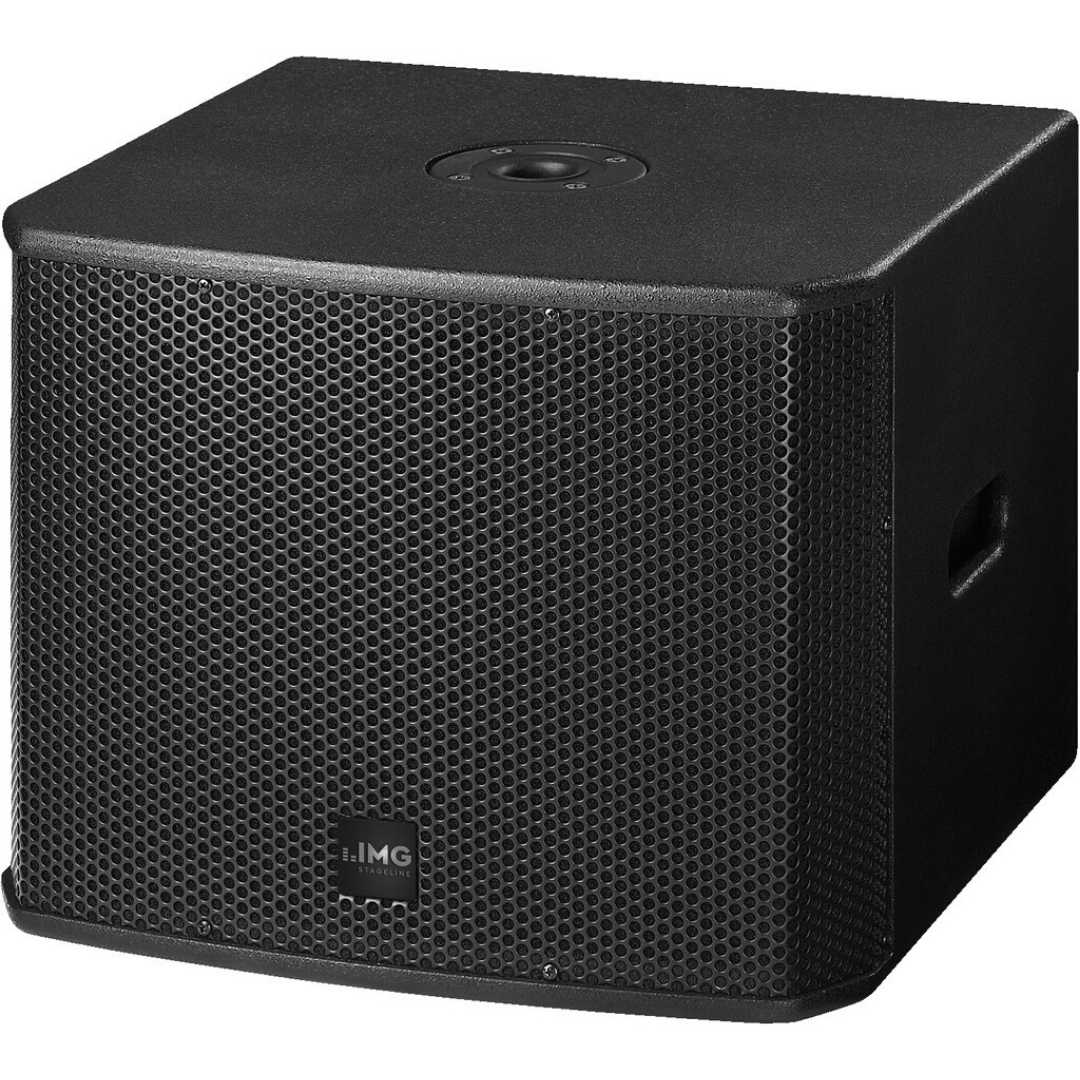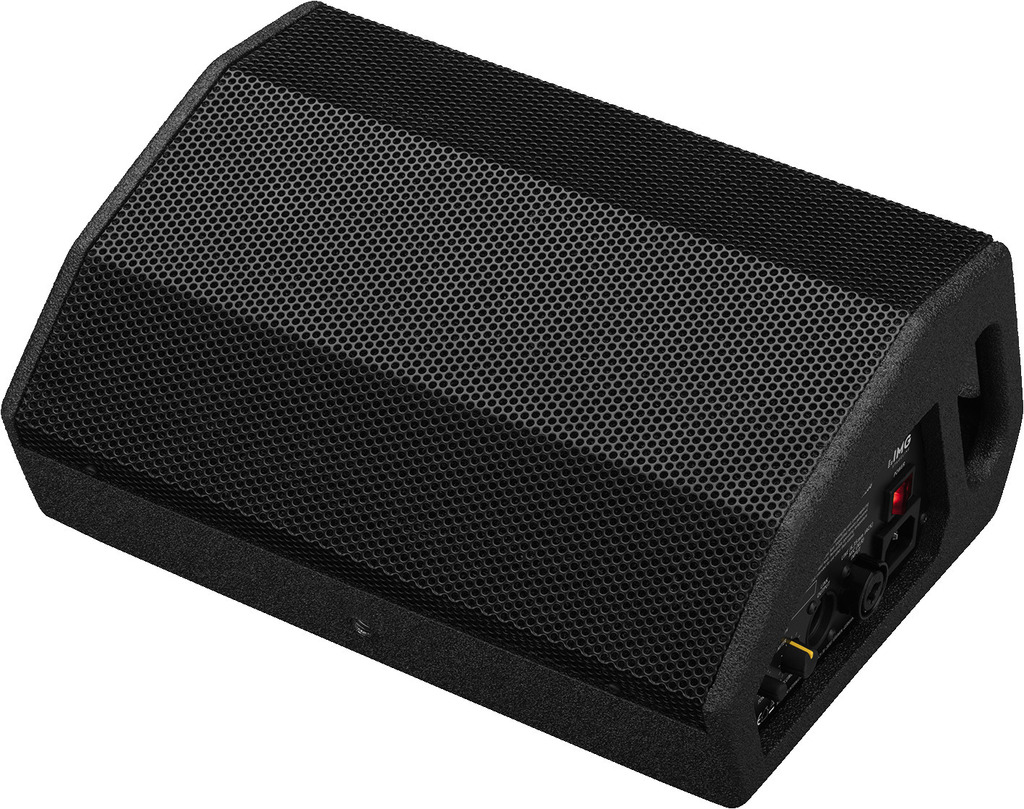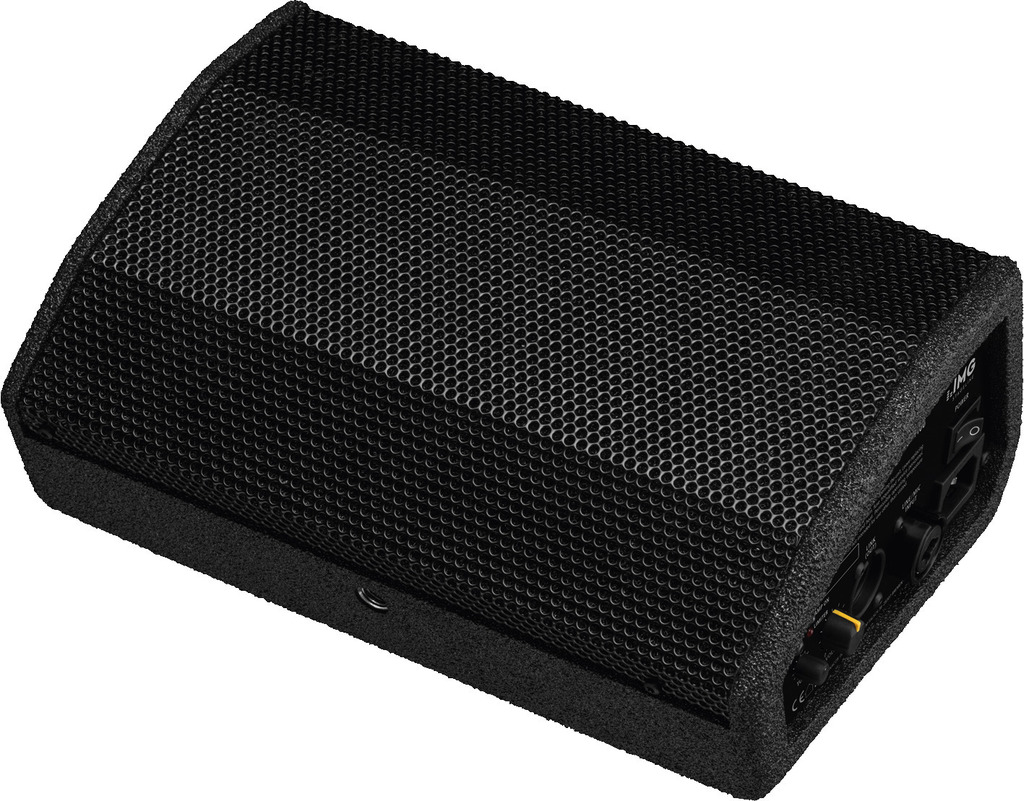We love the stories written by excellent live equipment. Legendary concerts in cult clubs from which you can still feel the aftermath in your neck the next morning. City festivals, where the most attention was paid to the little booth stage with the experimental bass/drum combination. These stories are just unimaginable without a PA system.
And just to be clear right from the start: a P(ublic)A(dress) system is transmitting sound. We refrain from giving lengthy descriptions. After all, people reading this want to know where to buy a good PA system or want practical tips. For both issues, you have certainly come to the right place. On the one hand, you will find our products including links to retailers. On the other hand, you will find decision-making aids for buying your first PA system, including information on how to set up a PA system correctly.
